Chiropractic Adjustment
The chiropractic adjustment has two main areas of focus and impact, the musculoskeletal system and the nervous system. The musculoskeletal system refers to the bones, joints, muscles, tendons, ligaments, and fascia that make up our basic structure and allow us to move about. Our nervous system is made up of neurons that stretch from our brain to the tips of our toes and back again. It is what provides us real time information about what we’re seeing, smelling, feeling, and where our body is in relation to our environment. Our nervous system creates a blue print for the world around us.
When we have traumas, whether it be large (aug-accidents, falls, muscle strain, disc bulge/herniation) or small (sitting at our desks, using a mouse, driving to work), it changes the way our musculoskeletal system works. Swelling and pain change the way we move, scar tissue can restrict movement, muscles may shorten, tighten, and weaken, joints can become restricted and swell. All of these are changes to our musculoskeletal system and, when damaged, it can become very difficult to handle day-to-day requirements, let alone our favorite activities!
In addition to allowing us to see, hear, and smell, our nervous system is very important when it comes to understanding where our muscles and joints are and how they need to move. In fact, the cerebellum, which is an area of the brain that helps to control movement, has more neurons than the total rest of the brain, but only is about 10% of its size. The point here is that when you change the way either your low back or elbow is moving due to an acute or chronic injury, not only does that joint change locally and cause pain, but it also changes the feedback to the brain and can lead to more injuries in the future. If this is difficult to understand, just consider that the information to know how to shoot a basketball or play an instrument is not stored in your hands, it is stored in your brain. Just one of the numerous ways that your brain and body work together.
Chiropractic adjustments address both of these systems by applying a gentle force or thrust along the damaged joint or muscles’ normal direction of motion. This improves the local area of pain and discomfort by decreasing swelling, reducing muscle spasm, and improving joint motion. At the same time, by providing input and activity for the neurological receptors, the adjustment signals to the brain the appropriate way for those joints and muscles to move. This retrains the brain to be able to stabilize the area of injury, avoiding learning bad movement “habits”, and return to a normal movement pattern.
Chiropractic care is extremely effective for most people and can be modified depending on who you are as a person and the type of pain you are in.

